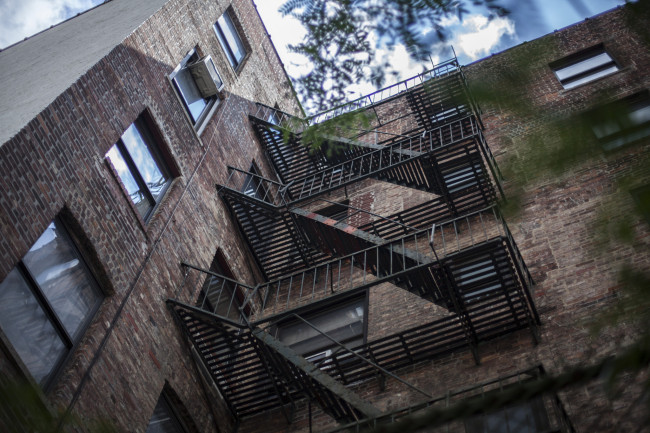Why this Clinton Hill "luxury" rental is accused of flagrantly ripping off tenants
While we usually stand by the adage "you get what you pay for," when it comes to Brooklyn real estate, this isn't always the case. Even if you're shelling out luxury prices, that's no guarantee that your new apartment meets even the most basic standards you can legally expect as a tenant.
A particularly egregious new example of this phenomenon has emerged in the form of 10 Lexington Avenue, a "luxury" rental building in Clinton Hill that Gothamist reports is allegedly letting tenants move in despite lacking a Certificate of Occupancy, in addition to numerous other issues. Why is this a big deal? A C of O is pretty much the most important document for a residential building to have, and without it, they can't legally collect rent, or allow tenants to live on the premises.
Speaking with several would-be tenants of the building, Gothamist found that while they were given a September 1st move-in date, since the building lacked a C of O, they were reportedly allowed to stow certain belongings in the building but told by management that they couldn't move in just yet, and would be reimbursed for hotel costs in the interim. (No one the site spoke to has allegedly received any reimbursement cash at press time.)
As of last week, some residents told the site that they'd been given verbally given the go-ahead to start moving themselves in. (In a statement to Gothamist, an unnamed representative for the building claims they haven't given tenants any such permission, and that besides the C of O, they have all necessary signoffs.)
However, per Gothamist, records do show that the building hasn't gotten its C of O yet—and indeed, still has a number of other outstanding construction signoffs that haven't come through.
Of course, this isn't just a paperwork problem. 10 Lexington is reportedly far from complete: Gothamist's photos show construction material and painting equipment throughout, a barbecue courtyard that looks to be half-finished, and work being done on an exterior wall. Neighbors have also logged numerous complaints throughout the building's construction process.
The tenants are in a vulnerable position; apparently, many of them never received written leases, believing promises from leasing agents that they'd get copies in the mail after a few details were added in. (Reminder: Before you take any kind of action or hand over cash in a real estate transaction, get absolutely everything in writing.)
Sadly, as a renter, the onus often falls on you to make sure the building you're about to move into is legit. As we've written previously, it's always a good idea to plug a building's address into the Department of Building's search system, which can show you information like past complaints and violations.
Similarly, the Buildings Information System makes it easy to check the status of a C of O. It's also wise to Google the names of the developer, landlord, and brokerage involved to see if they have a history of shady dealings. And failing that, band together with your neighbors to form a tenants association to protect your collective rights. Sometimes it takes a village to fight a bad landlord.
You Might Also Like


























